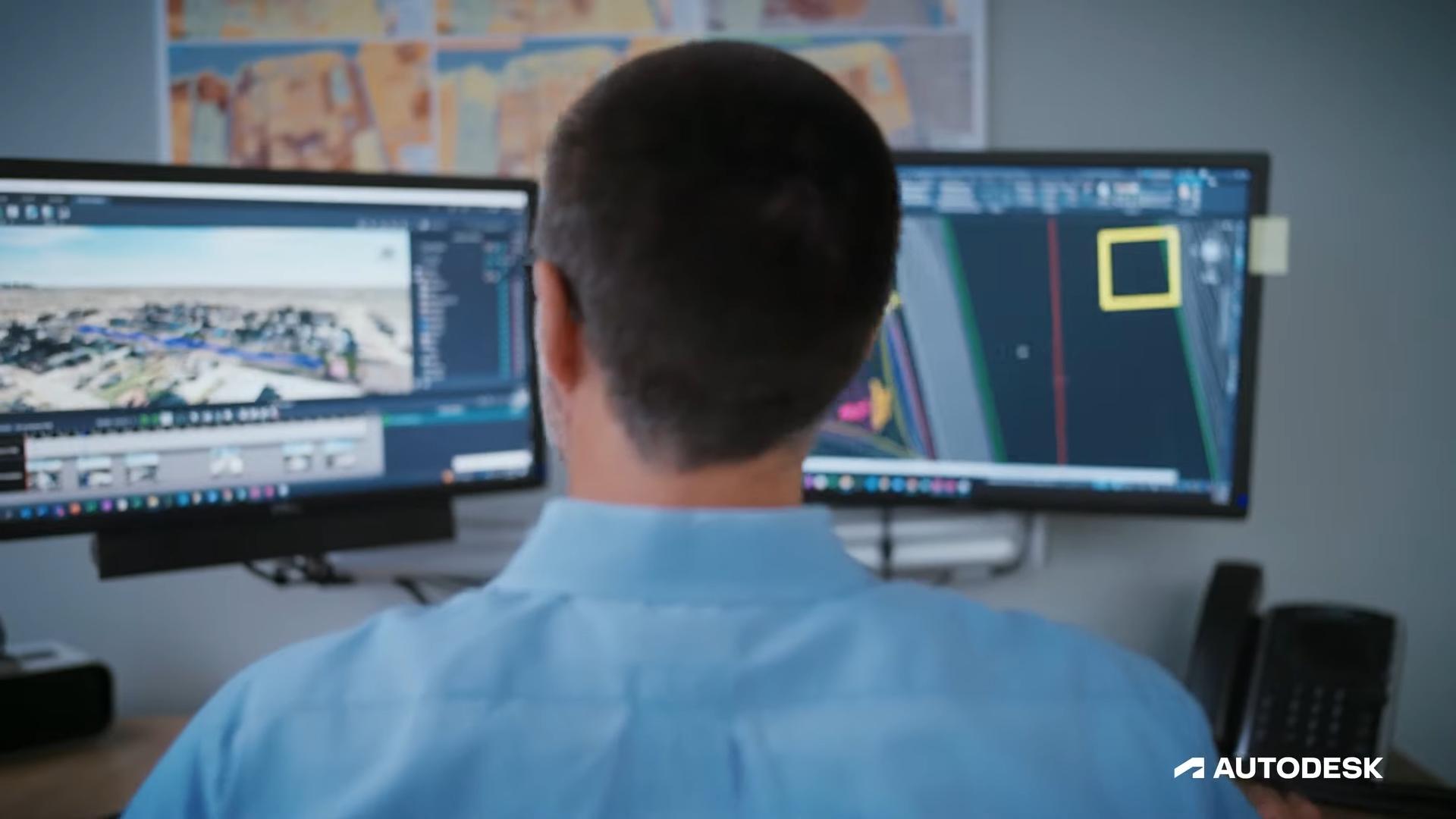The above photo is an image of the irregular galaxy NGC 5253, taken by the Hubble Space Telescope‘s Advanced Camera for Surveys. It combines both visible and infrared exposures. A larger version of the image can be viewed here.
The galaxy is the closest known Blue Compact Dwarf Galaxy (BCD), at a distance of around 12 million light-years from Earth. It sits in the constellation of Centaurus.
BCD galaxies, according to NASA, have low dust content and lack an abundance of many elements heavier than hydrogen and helium. They do, however, have many star-forming regions due to molecular clouds that are similar to clouds in the early universe that formed the first stars. Astronomers consider galaxies such as NGC 5253 good places to study ancient star-forming processes.
The center of the galaxy contains a star-forming region (“starburst”) where large, hot, young stars form and die rapidly. The stars glow blue in the image and traces of the starburst , produced by ionized oxygen gas, can also be seen. The central region is surrounded by an elliptical main body, which appears red in the image.
According to NASA, the most current hypothesis on galaxy formation, the Lambda Cold Dark Matter model, predicts more satellite dwarf galaxies should be seen orbiting large galaxies such as our own that is currently observed. As such, this “Dwarf Galaxy Problem” makes BCD galaxies such as NGC 5253 an interesting anomaly.
(Image courtesy ESA/Hubble & NASA)







 WebProNews is an iEntry Publication
WebProNews is an iEntry Publication